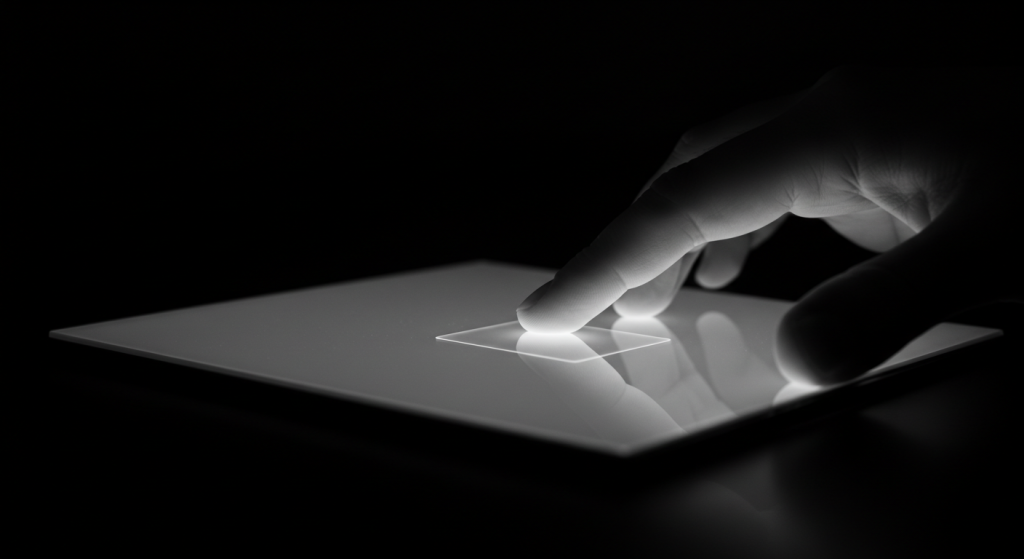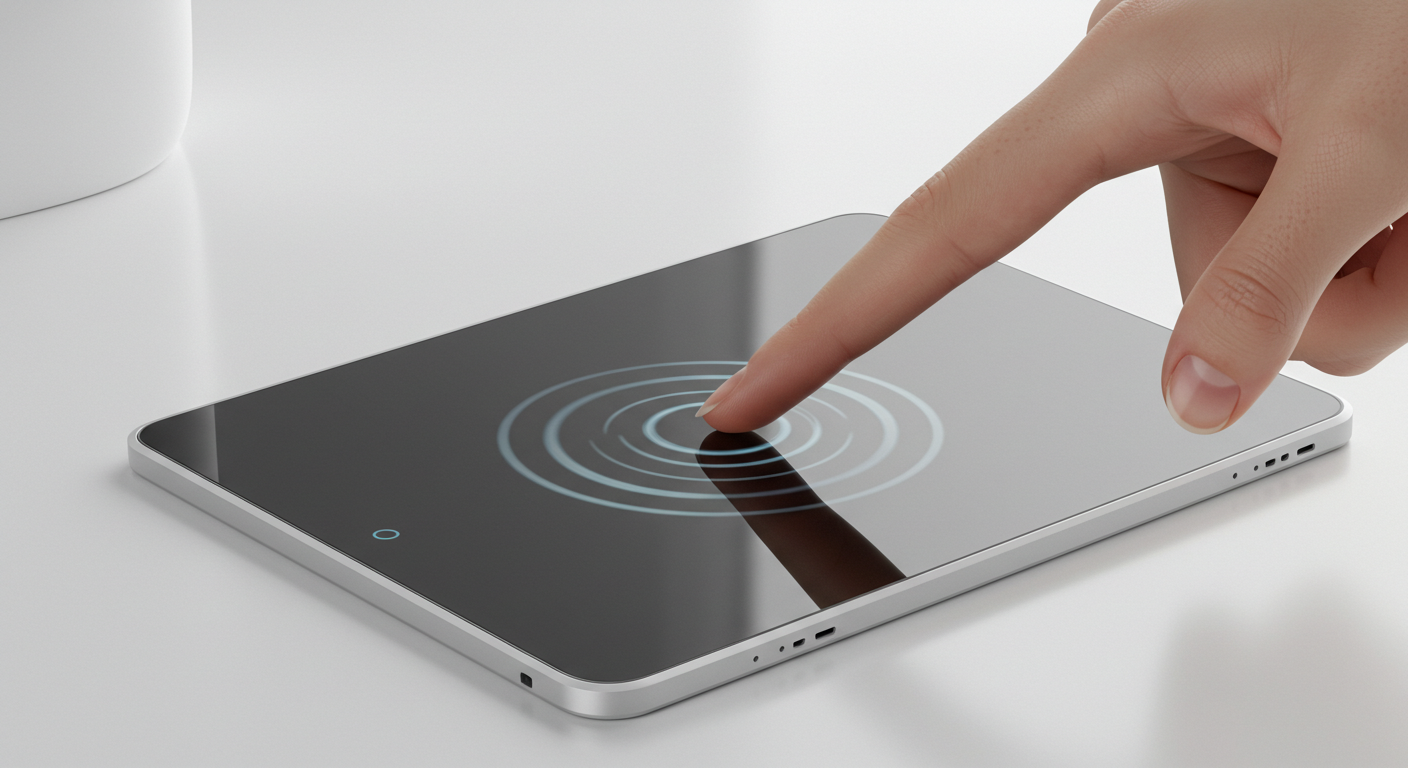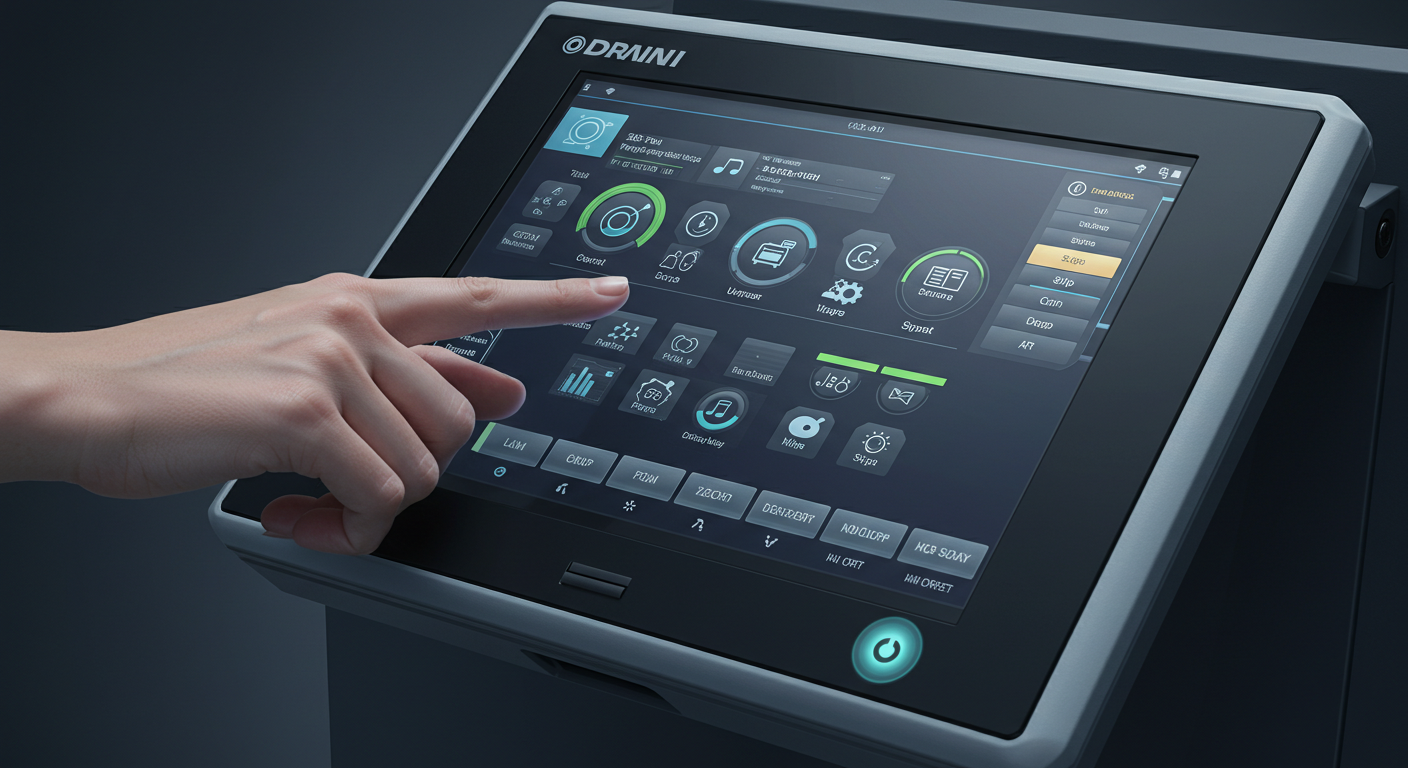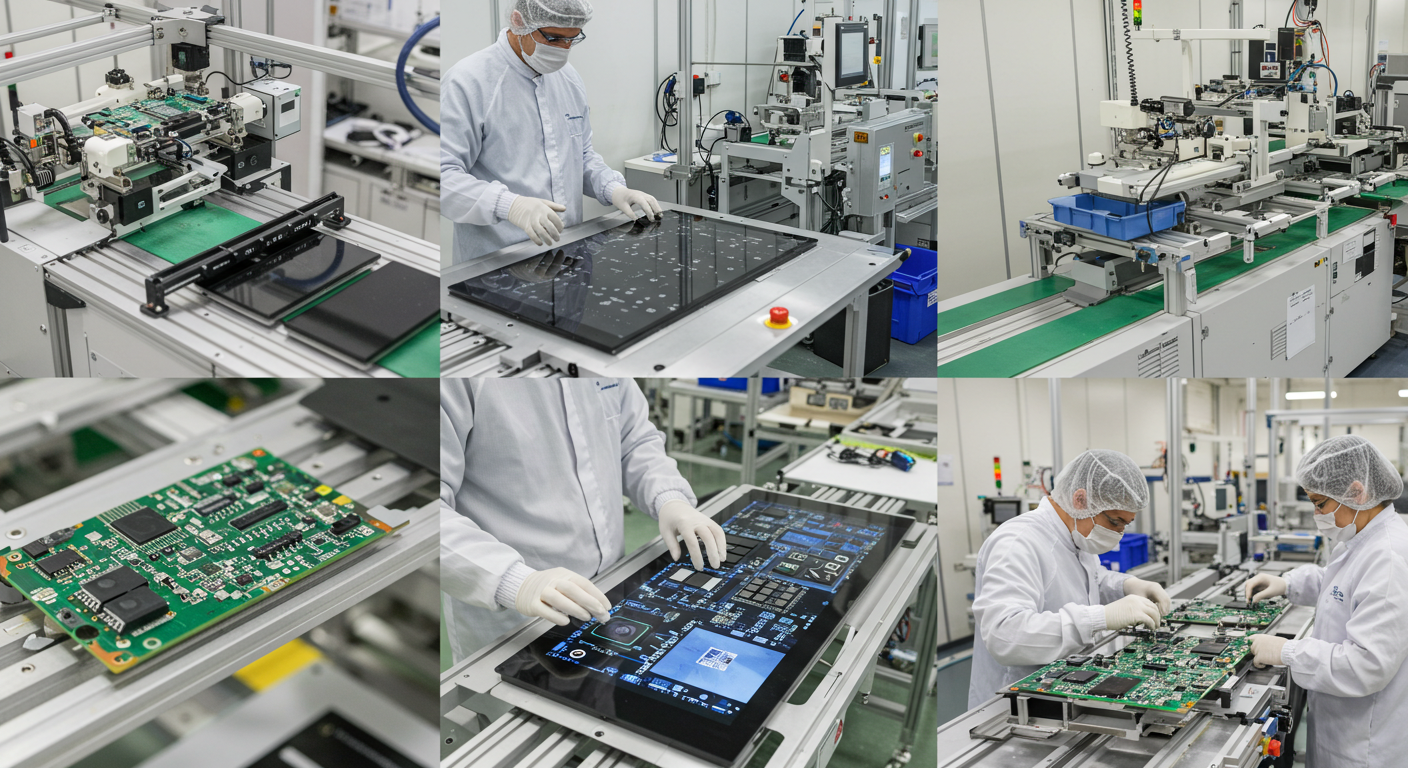Capacitive Sensor Layer: Benefits & Smart Buying 2025 Guide
News
Aug-13-2025
What are Capacitive Sensor Layers?
A capacitive sensor layer can be a thin, flexible, or rigid material that measures a change in capacitance due to an object in proximity or contact with it. A very important aspect of capacitive touch sensing sensor film is to ensure that it has the ability to impart a gesture, touch, or even fluid level, even where no actual tactile buttons are present in the device.
What is the Mechanism of the Capacitive Sensor Layer?
The principle behind all capacitive sensor models is very basic and ingeniously basic; nonetheless, the distortion of an electrical field. The whole process will begin with the two metal surfaces, which in this particular case are mostly the transparent electrodes and, most preferably, the indium tin oxide (ITO). They are linked to one another with insulating material in such a way that it limits the flow of charge between them.
- When a finger or any conductor is moved near the surface, there exists an influence of the local electric field that gets disturbed. This varies the capacitance, which can be detected at that point. It increases or decreases the capacitance value, and the capacity to hold electrical charge is reduced by the high level of interaction.
- The appearance of this difference is not something removed. This conversion of difference into electrical form is read in a microcontroller or sensor chip immediately. That will be your touch or tap, or swipe
- The remarkable thing is that this is not done by the application of bodily pressure. The closer one is, the more power. Minteration of small differences in the electric fields can be interpreted to form information which can be used in a display on a cell phone, smartphone, in a wearable apparatus, or in a car dashboard.
Materials/Parts/Components of Importance
The most common components of a capacitive sensor stack consist of the following:
- Conductive coating: It is made of either polymer or of indium tin oxide (ITO)
- Electrode layer: An Electrical insulator between the electrodes, and also makes them more sensitive. Some of the materials that it can use include silicon dioxide, polyimide, or PET.
Proximity Protective Cover Insulation Overlay: Durability Insulation
The capacitive sensors vary depending on their designs and applications. Some of the popular varieties include:
1. Single Layer Capacitive Sensor
Very basic and not so specific structure, the touch buttons are the best made.
2. Realization of Multi-Layer Capacitive Sensor
It has 3 dielectric and 3 conductive layers, which make it more sensitive, versatile, durable, and high resolution.
3. Elastomer Capacitive Sensor
The ones manufactured using different materials, like PET or PDMS, function, are destined to be utilized in the next generation wearable sensor technology.
4. Design and Architecture of Sensors
The design procedure of a high-performance capacitive sensor is engaged in:
- No-A efficient design of electron exchange
- The reaction time of the layer thickness of the 3D printing
- Differences between sharing and own determinations of capacitance
- The division of touch sensitivities through the use of sensors, capacitance

Applications of the Sensor Layers of Capacitors
The uses are broadening and spreading:
1. Touchscreen Interfaces
Capacitive Touch screens are great input gadgets that come as flexible and reliable screens in electronic phones, tablets, and various kiosks.
2. Consumer Electronics
Other common products that utilize capacitive sensing include TV remotes, game consoles, and other smart devices at home.
3. Medical Devices
Medical device interfaces through touch can be ensured to have a minimal contamination level and are easy to use.
4. Automotive Controls
The cars also have buttons and panels that are button-free and have touch-sensitive surfaces.
5. Industrial and Internet of Things Apps
It has been deployed in monitoring the fluid levels, proximal indicators, and HMI buttons of the man-to-machine.
Why Capacitive Sensory Layers are Good?
It is because the capacitive sensor layer is now the newfound favorite of any electronic device today, and there is a reason as to why this is the case. They are designed in such a way that they have several advantages that qualify them to be applied in various areas, including smartphones and industrial machines.
- Very Robust Designs
Capacitive sensors are not involved in the contribution of the input from physical motions. What this implies is that the wear and tear are reduced, and this further contributes to its longer life span as well as fewer replacements.
- Slim Body with no Weight
Since these layers come in the form of thin films, not much of an increase in bulk is presented. This is the finest in mini gadgets, such as tablets, smart watches, and wearables.
- Red-Water Poison Shrub and Dust-Resistant
The fact that the sensor, unlike many of the sensors developed, does not need pressure contributes to the ability to seal it with any waterproof and dustproof material. Resistant to the harsh elements or out-of-doors conditions
- very Responsive and Very Sensitive
Capacitive sensors are very sensitive and they respond to the faintest of a tickle or when there is proximity of two objects. They are highly sensitive to the touch, spot-on response, and smooth user experience.
Considerations and Buying Considerations of Capacitive Sensor Layers
The use of a capacitive sensor layer offers an opportunity to have a fashionable appearance and a powerful performance without having any problems, yet there are technical aspects that are to be taken into account before making purchases. These may affect their performance, reliability, and the fact that they may not easily fit into your device or system.
- Interference in Nature
Capacitive sensors respond to the presence of a conductive material and also to changes in temperature. In an unstable setting, there could be variation in the performance.
- The Capacitive Film Interference
There could be bogus touches with much electromagnetic noise, or closer electronics might interfere with the accuracy, and the best protection against the noise is a shield and proper grounding.
- The Stacks of Sensors are Very Dense and Consume a Lot of Power
The capacitive sensors are large area-based or multi-layer sensors that consume a lot of power. Energy-conserving implementations of sensor courses the desirable in sensor engineering, in the case of battery life is a problem in a wearable gadget or a portable device.
- Control Accuracy is Possible at Any Time.
The sensor may have to be calibrated frequently to make it perform optimally when they are used in a dynamic environment or over a long period.
Conclusion
It is the capability of the capacitive sensor layer that is exerting influence on the instinctive interaction through the use of consumer interaction in the future with touch touch-based interface. You probably have already spent time today on either a phone screen or the panel of your vehicle. As these layers are made up of better quality materials and the designing techniques are improved, they are becoming thinner and more powerful, more stretchable, and more in demand. Visit WANTY.
Related Topics

Capacitive Touch Integrated Touchscreen: 2025 Technology
Aug-25-2025

Capacitive Touch Screen POS Terminal – Next-Gen Solutions
Aug-25-2025

Capacitive Touch HMI Interface | Durable & Ergonomic Control
Aug-24-2025

Capacitive Panel OEM Manufacturers – Custom Touchscreen Solutions
Aug-24-2025
Get a Free Quote
✔ 16 Years Manufacture Service ★★★★★
✔ 3 Technical Experts And 52+ Project Engineers Will Assiste You
✔ Wanty Employs Over 52 Engineers, Many Of Whom Come From Leading Tft Lcd Module Companies Such As Tianma And Boe-Varitronix. Each Core Team Member Brings 15 Years Of Industry Experience.
✔ If you would like more information about our products and services, please contact us. Whether you need a standard solution or a customized one, we are here to meet your needs.
✔ Please complete the form below, and the selected location will contact you promptly. Thank you for visiting, and have a great day!
